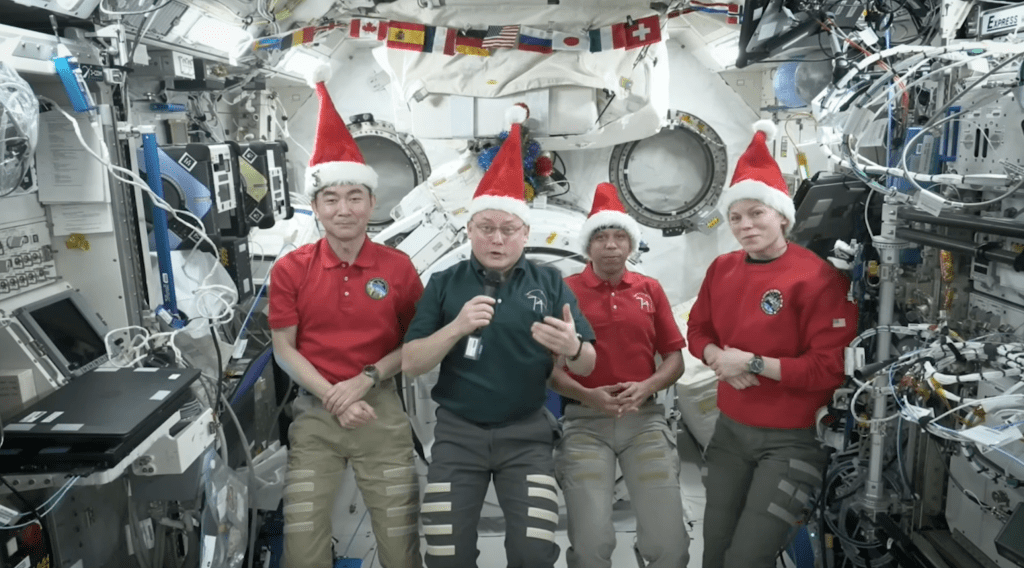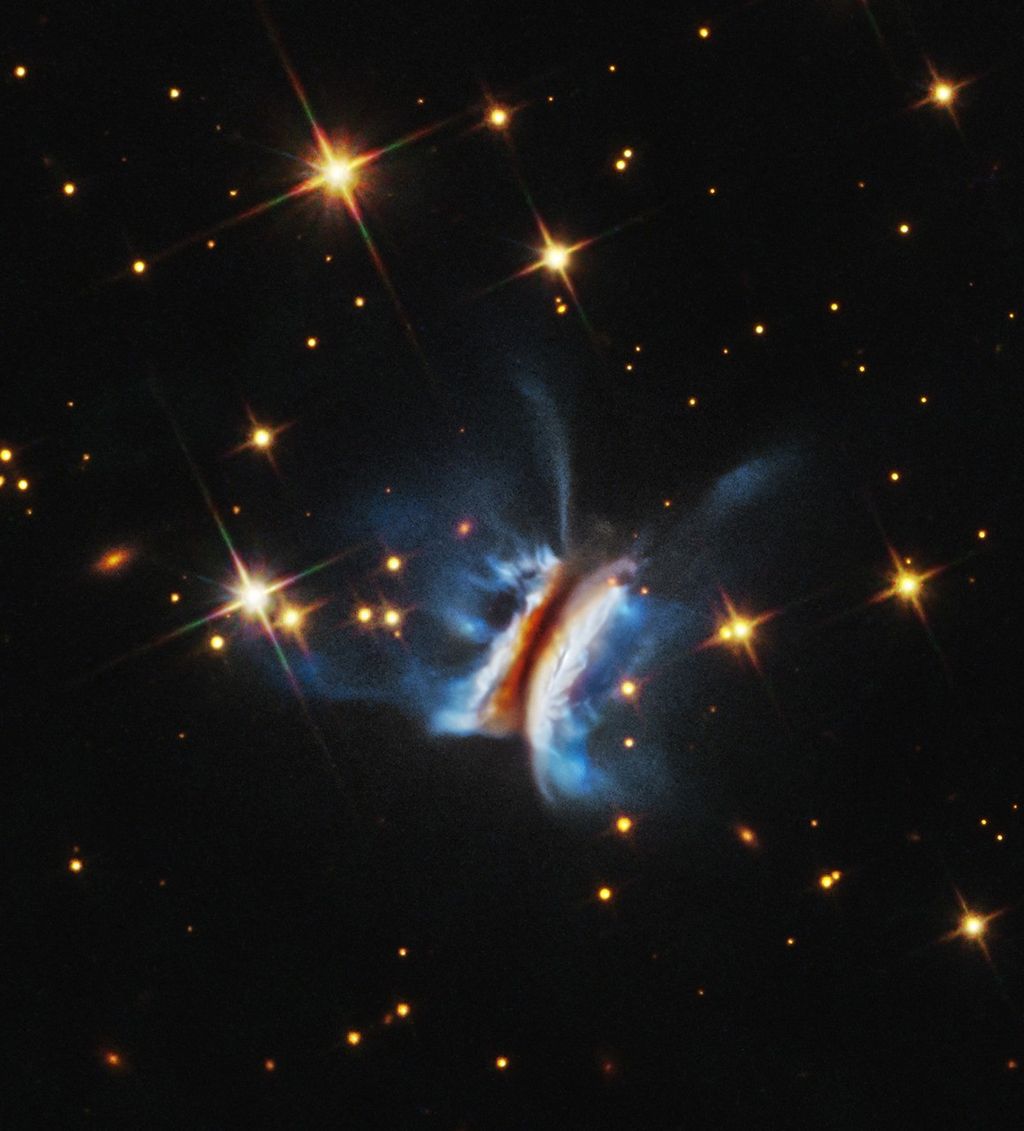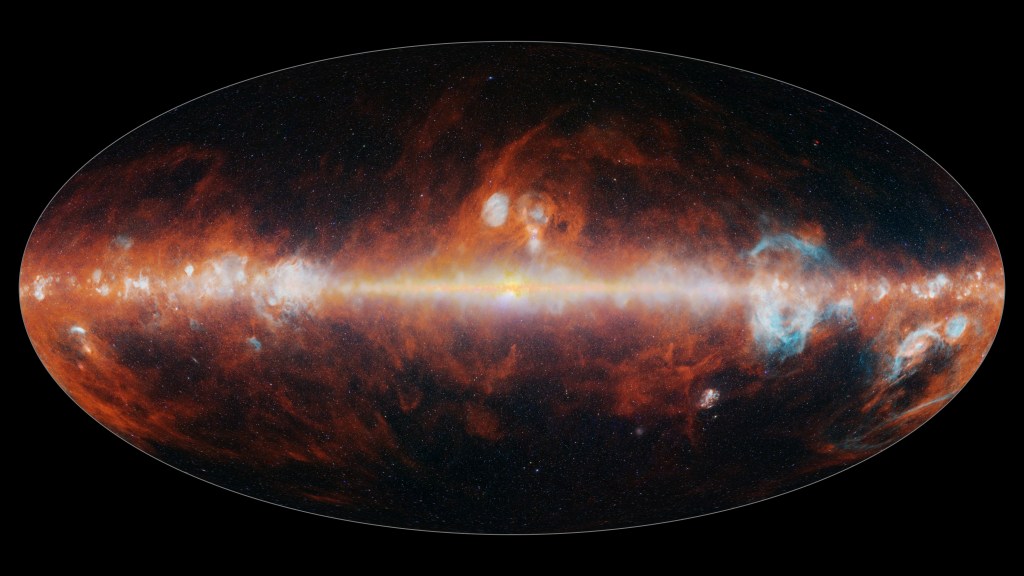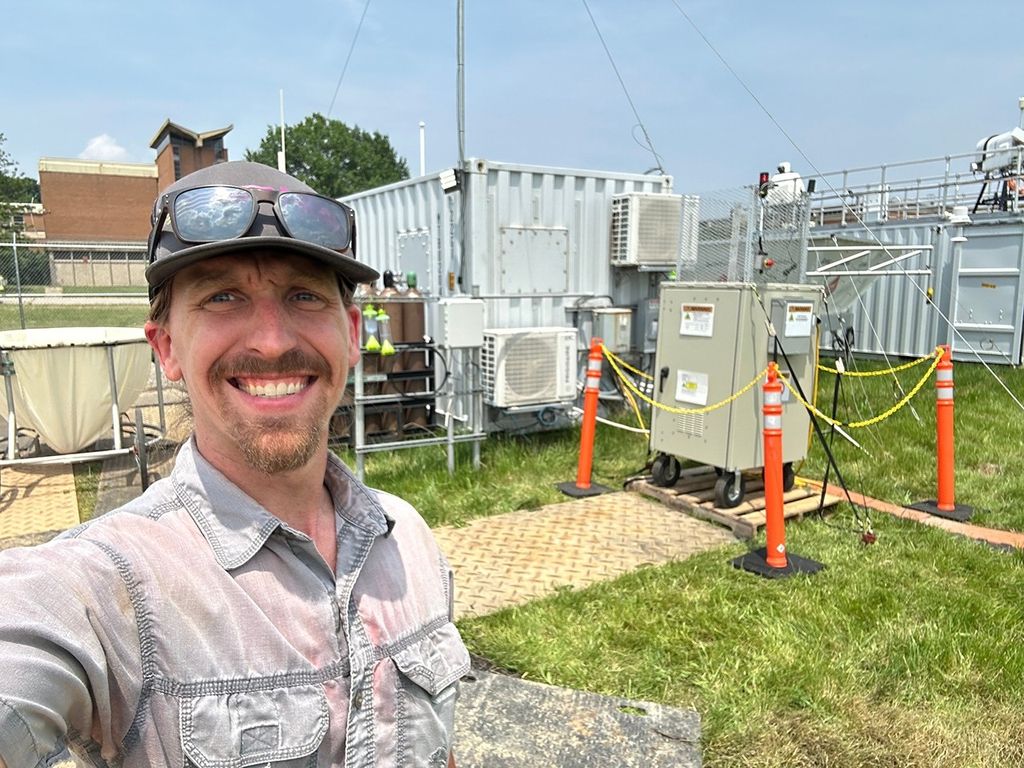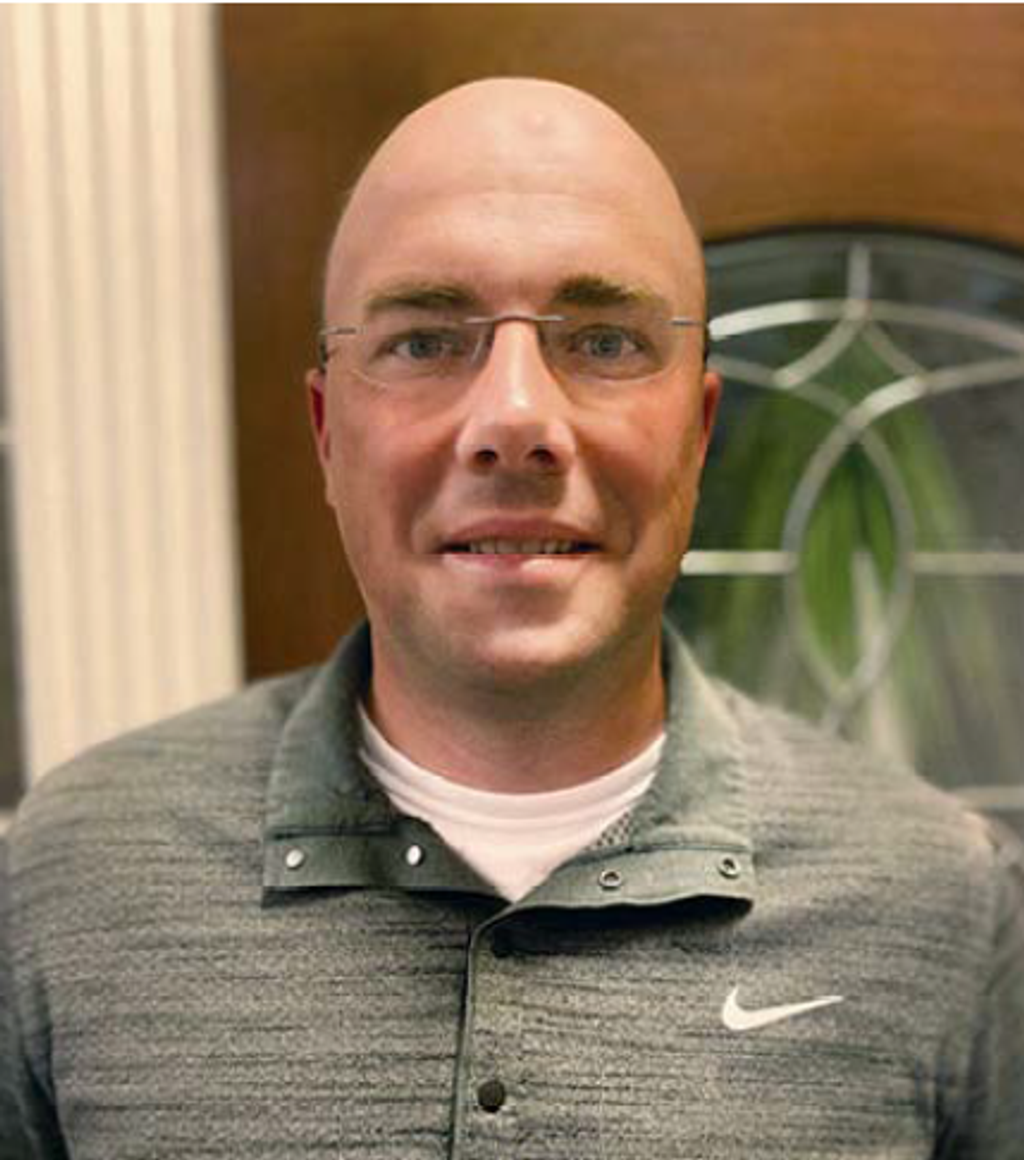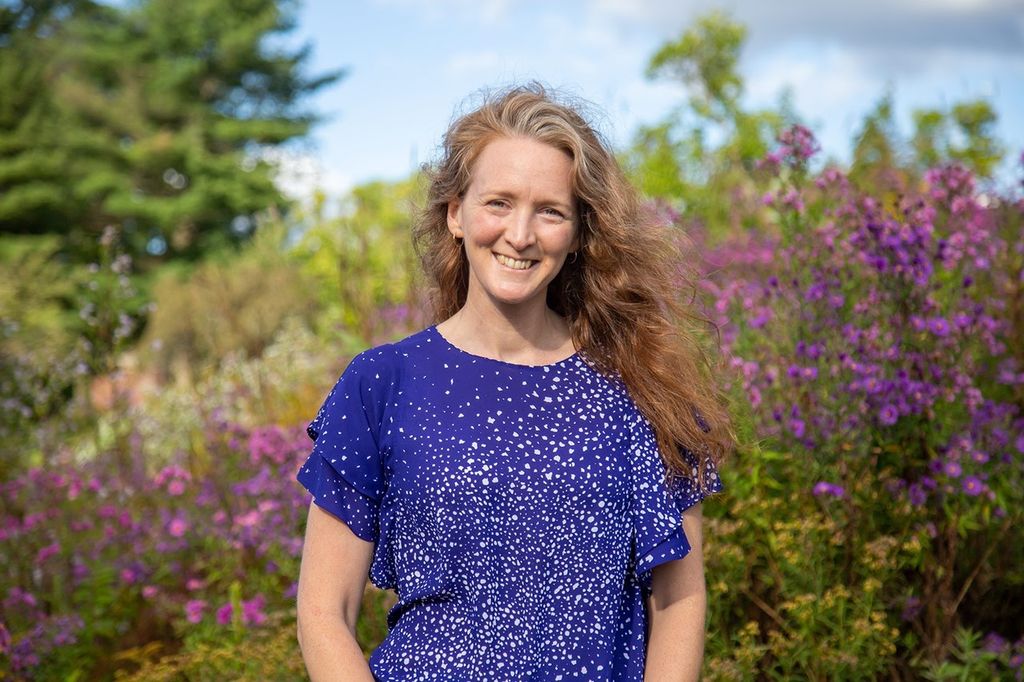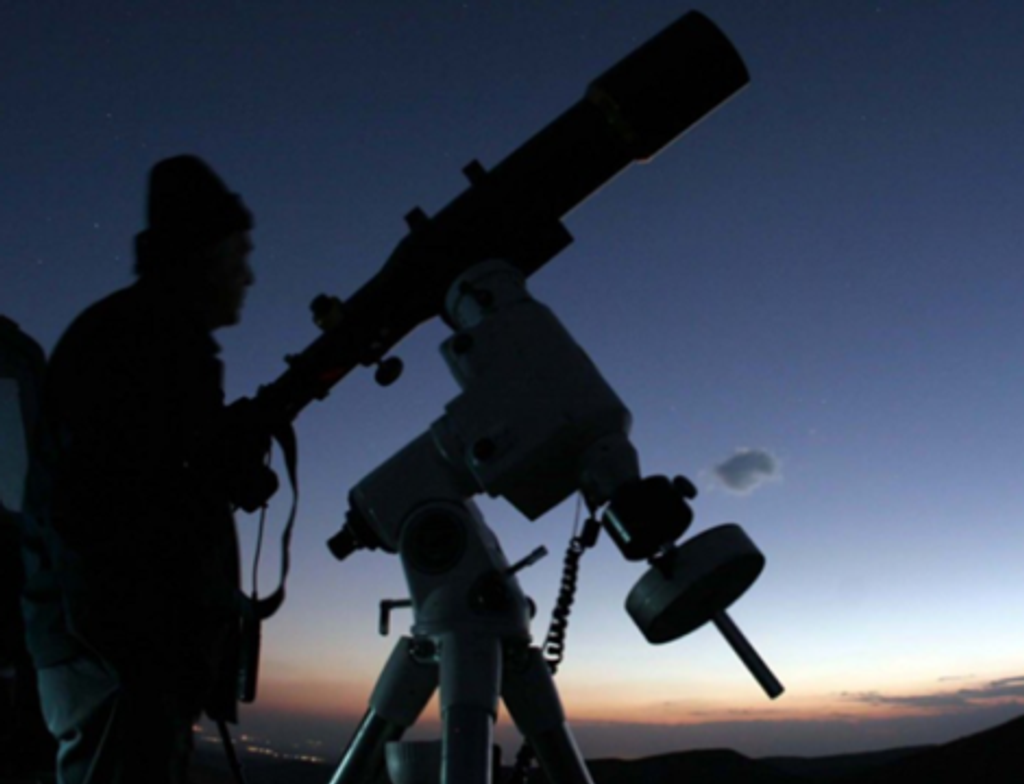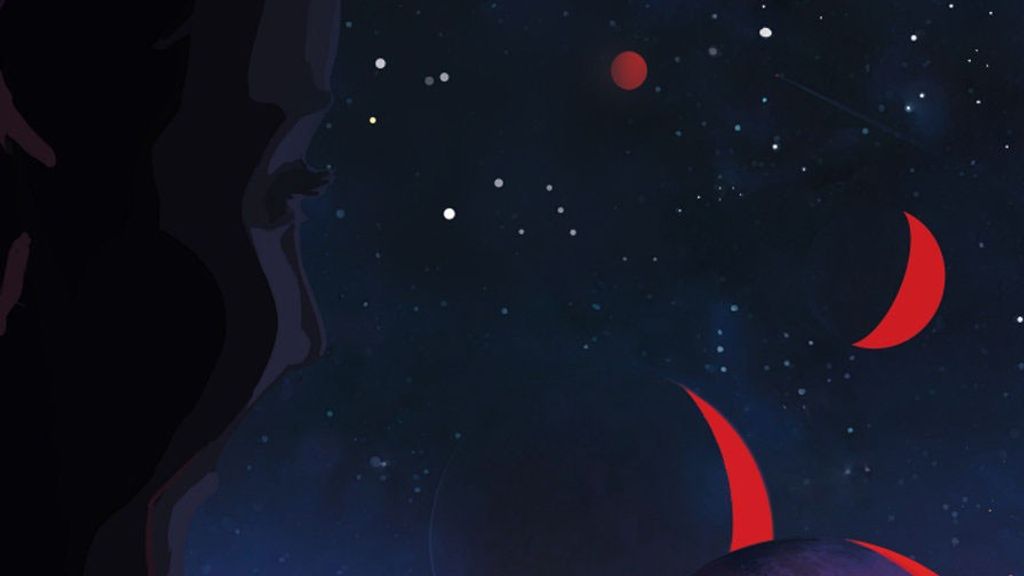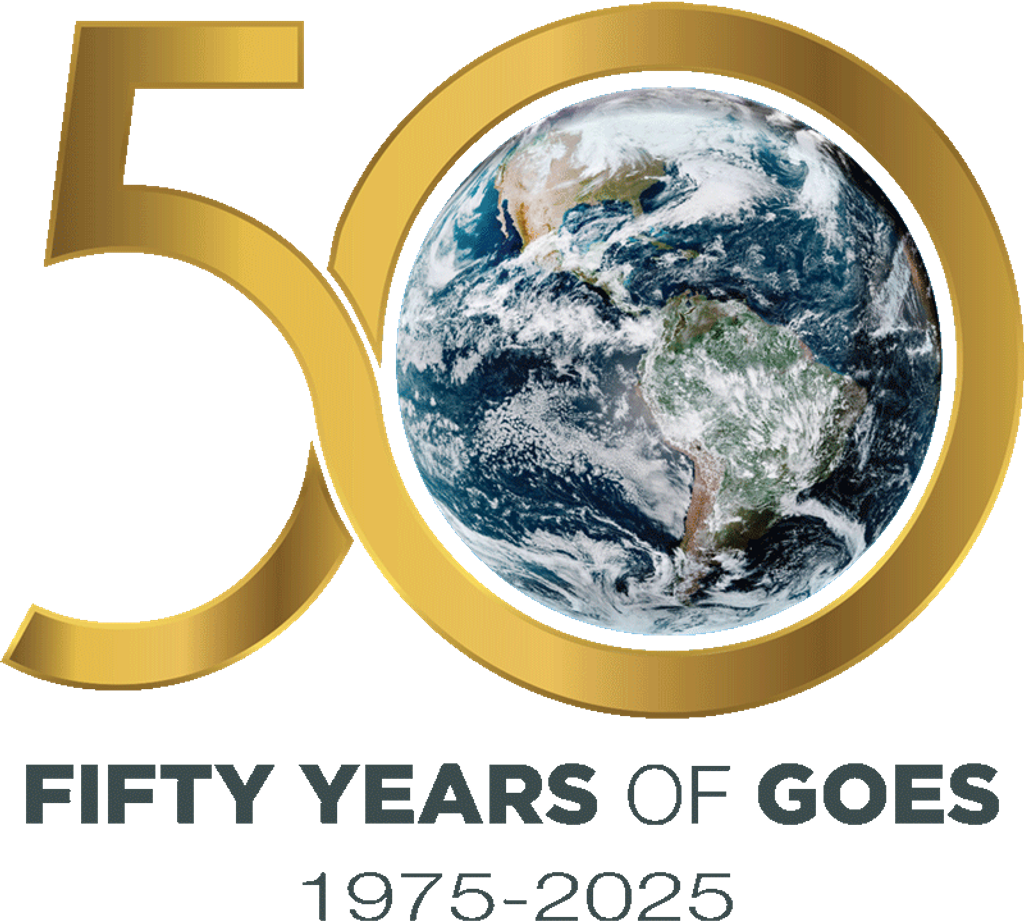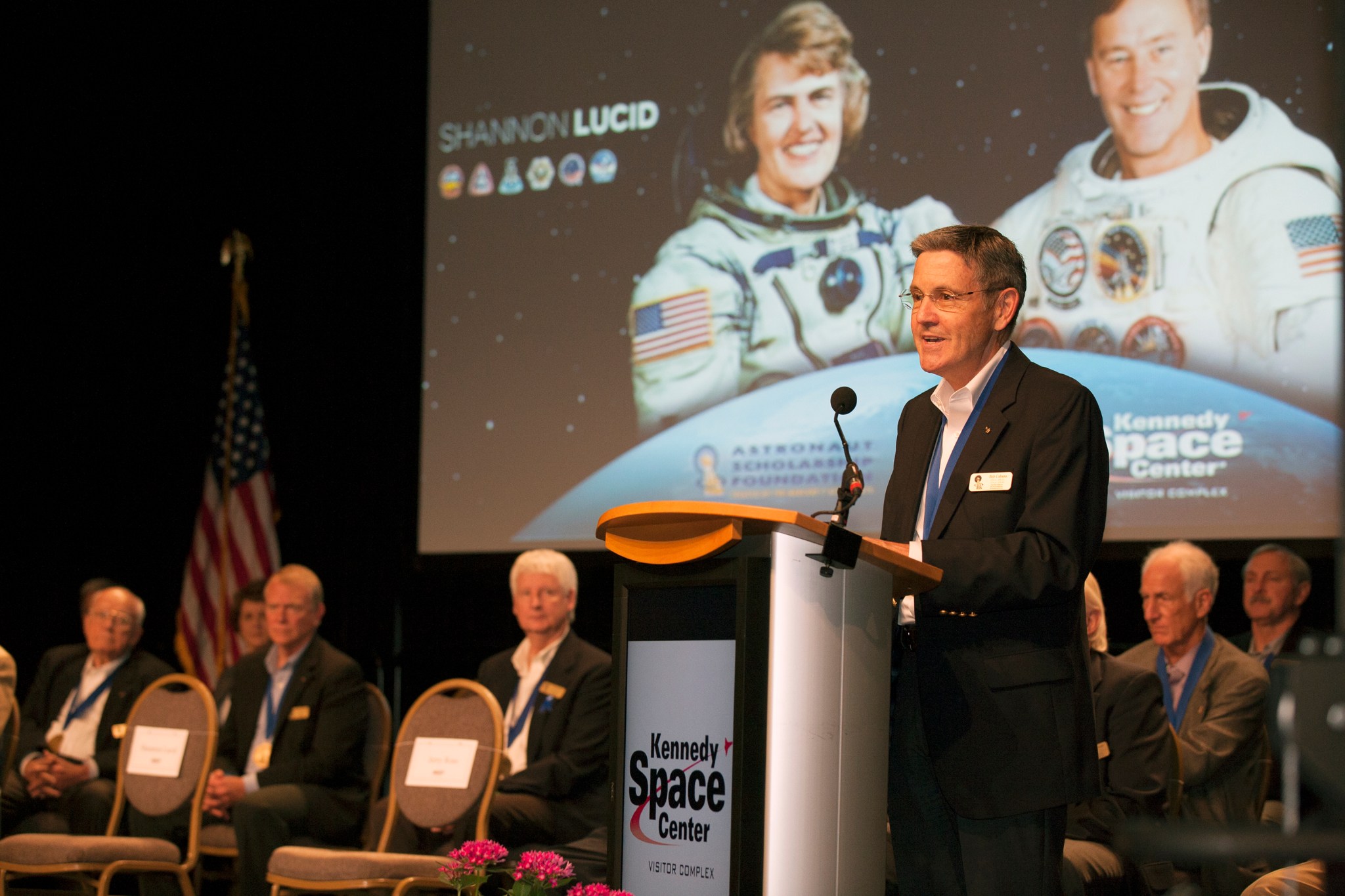The Space Shuttle Atlantis attraction served as the backdrop for the U.S. Astronaut Hall of Fame (AHOF) induction ceremony May 3 at NASA’s Kennedy Space Center Visitor Complex in Florida. Beneath Atlantis, two former astronauts and veteran space explorers, Shannon Lucid and Jerry Ross, who both flew on missions on Atlantis, were inducted as the class for 2014.
Emcee John Zarrella, former CNN news reporter, said this event is not just about honoring the past, but also about the promise of the future and where we go from here.
“It is about inspiration, dedication and a lot of perspiration,” Zarrella said. “It’s about honoring the legends, but also looking forward to the future.”
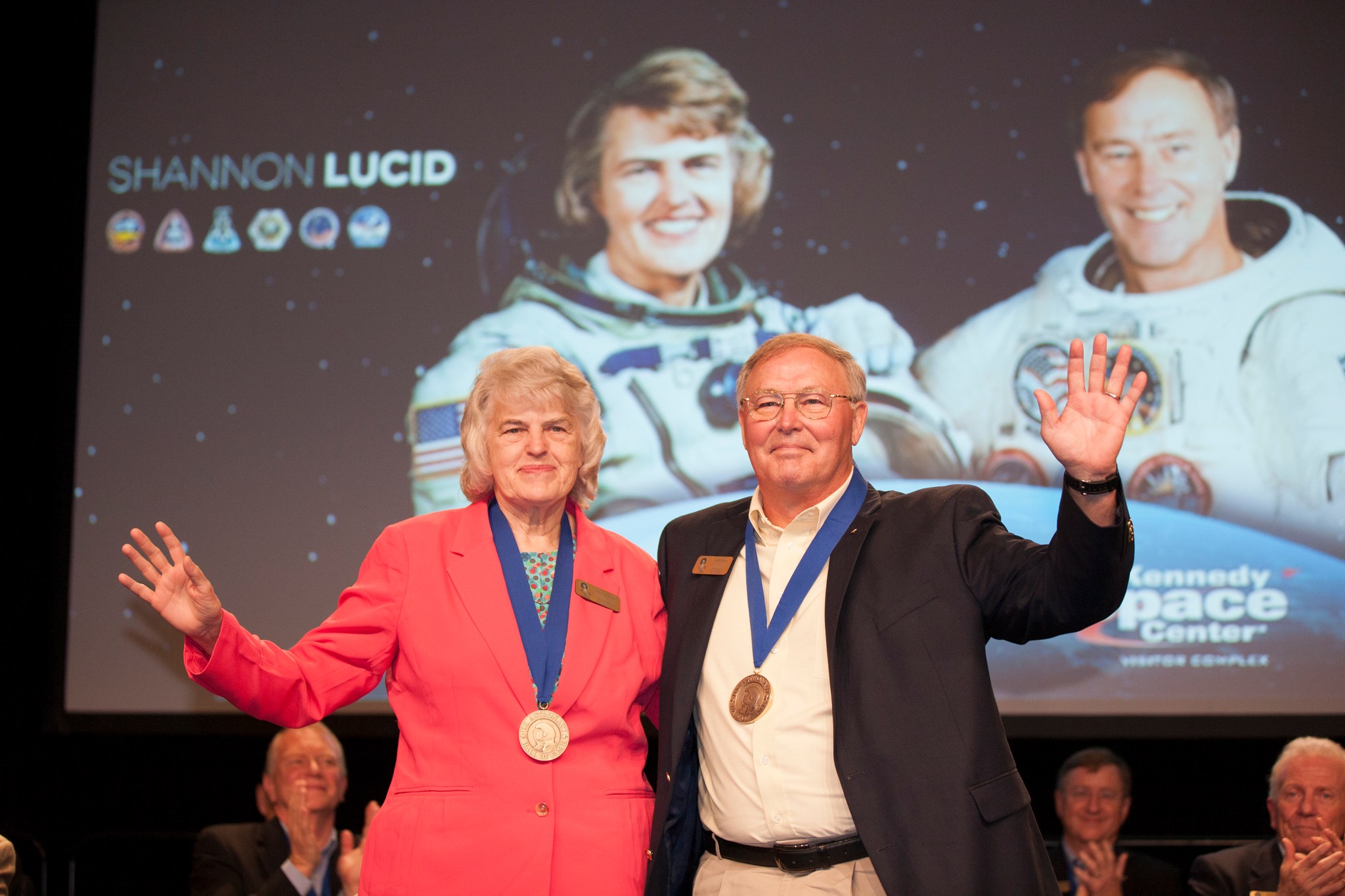
NASA Administrator and Hall of Famer Charlie Bolden said he was delighted to be part of the celebration. “I want to congratulate Shannon and Jerry. They are explorers and pioneers in their own very respective ways,” Bolden said.
“It’s a real privilege for me to be here today for the induction of Shannon and Jerry into the U.S. Astronaut Hall of Fame,” said Kennedy Space Center director and Hall of Famer Bob Cabana. “I worked closely with both of them and they are extremely deserving of this honor.”
“We are honored to celebrate the achievements of two NASA astronauts as they are welcomed into an elite group of space exploration heroes,” said Therrin Protze, chief operating officer of Delaware North Parks & Resorts at the visitor complex.
Lucid was the first woman and only the second U.S. astronaut to live on the Russian Space Station Mir. She launched aboard space shuttle Atlantis with the crew of the STS-76 mission March 22, 1996, and spent 188 days aboard the Russian space station. Lucid set the record for the most flight hours in orbit by any woman in the world and held that record from August 1991 to June 2007.
She returned to Earth aboard Atlantis on the STS-79 mission on Sept. 26, 1996. In December 1996, then President Bill Clinton presented Lucid with the Congressional Space Medal of Honor. She was the first woman to receive this award. Including four other shuttle missions, Lucid logged 223 days in space, also a record at the time for the most flight hours in orbit by any woman in the world.
“I have so much to be thankful for,” Lucid said. “I’m also thankful for being in the right place at the right time to be able to be part of the Space Shuttle Program.”
Lucid said NASA’s Space Shuttle Program gave us three gifts: it enabled hundreds of diverse people to learn how to live and work in space, enabled the country to experience international cooperation, and gave us the International Space Station.
Lucid became a NASA astronaut in 1979 and was a member of the first class of astronauts to include women. She was a veteran of five missions. In addition to Lucid’s return to Earth on STS-76, her space shuttle missions were: STS-51G (June 17-14, 1985), STS-34 (Oct. 18-23, 1989), STS-43 (Aug. 2-11, 1991), and STS-58 (Oct. 18 to Nov. 1, 1993). She flew on space shuttles Atlantis, Columbia and Discovery. She retired from NASA in 2012.
Ross is a veteran of seven spaceflights and set the record at the time for the first person to be launched into space seven times. He logged more than 58 days in space, and conducted nine spacewalks. His time spent conducting spacewalks is the all-time second highest among U.S. astronauts.
“It’s an honor to be here today,” Ross said, “to know that it was my heroes, the original seven astronauts, who formed the Astronaut Scholarship Foundation, and then spun off the Astronaut Hall of Fame from that, and to be joining my childhood heroes. To be enshrined in that hall is very special to me.”
Ross’ space shuttle missions were: STS-61B (Nov. 26-Dec. 3, 1985), STS-27 (Dec. 2-6, 1988), STS-37 (April 5-11, 1991), STS-55 (April 26-May 6, 1993), STS-74 (Nov. 12-20, 1995), STS-88 (Dec. 4-15, 1998), and STS-110 (April 8-19, 2002). Ross flew on space shuttles Atlantis, Columbia and Endeavour.
He supported the Space Shuttle Program from before the shuttle’s first launch in April 1981 to the last landing in July 2011. He also supported the International Space Station Program from its inception through the completion of assembly in 2011. Ross received 15 NASA medals during his career with NASA, and also was awarded the American Astronautical Society’s Victor A. Prather Award for his spacewalking achievements.
Ross is the author of the autobiography, “Spacewalker: My Journey in Space and Faith as NASA’s Record-Setting Frequent Flyer.” He retired from NASA in 2012.
Zarrella introduced past years Hall of Fame recipients who were able to attend this year’s ceremony. Twenty-five legendary astronauts and space icons walked the red carpet for the induction ceremony, including 2013 inductees Curt Brown and Bonnie Dunbar. Also attending were John Blaha, Karol “Bo” Bobko, Vance Brand, Dan Brandenstein, Frank Culbertson, Walt Cunningham, Owen Garriott, Hoot Gibson, Dick Gordon, Fred Gregory, Fred Haise, Steve Hawley, Jeff Hoffman, Edgar Mitchell, Pinky Nelson, Charlie Precourt, Brewster Shaw, Loren Shriver, Tom Stafford, Kathy Thornton and Jim Wetherbee.
He also mentioned four previous honorees who passed away in the last year: Dale Gardner (1948-2014), Scott Carpenter (1925-2013), Charles Gordon Fullerton (1936-2013) and Bill Pogue (1930-2014).
“These space legends made remarkable contributions to the exploration of space, and their legacy lives on through their respective educational endeavors,” Zarrella said.
The 2014 inductees were selected by a committee of Hall of Fame astronauts, former NASA officials, flight directors, historians and journalists. The process is administered by the Astronaut Scholarship Foundation (ASF), which was founded by the original seven astronauts in 1984. To be eligible, an astronaut must have made his or her first flight at least 17 years before the induction. Candidates must be a U.S. citizen and a NASA-trained commander, pilot or mission specialist who has orbited the earth at least once.
Dan Brandenstein, the ASF chairman and U.S. Astronaut Hall of Famer congratulated Lucid and Ross.
Brandenstein said the ASF is celebrating its 30th anniversary this year. To date, the foundation has awarded $3.7 million in scholarships to 350 undergraduate science and engineering students nationwide. Several recipients were in the audience.

